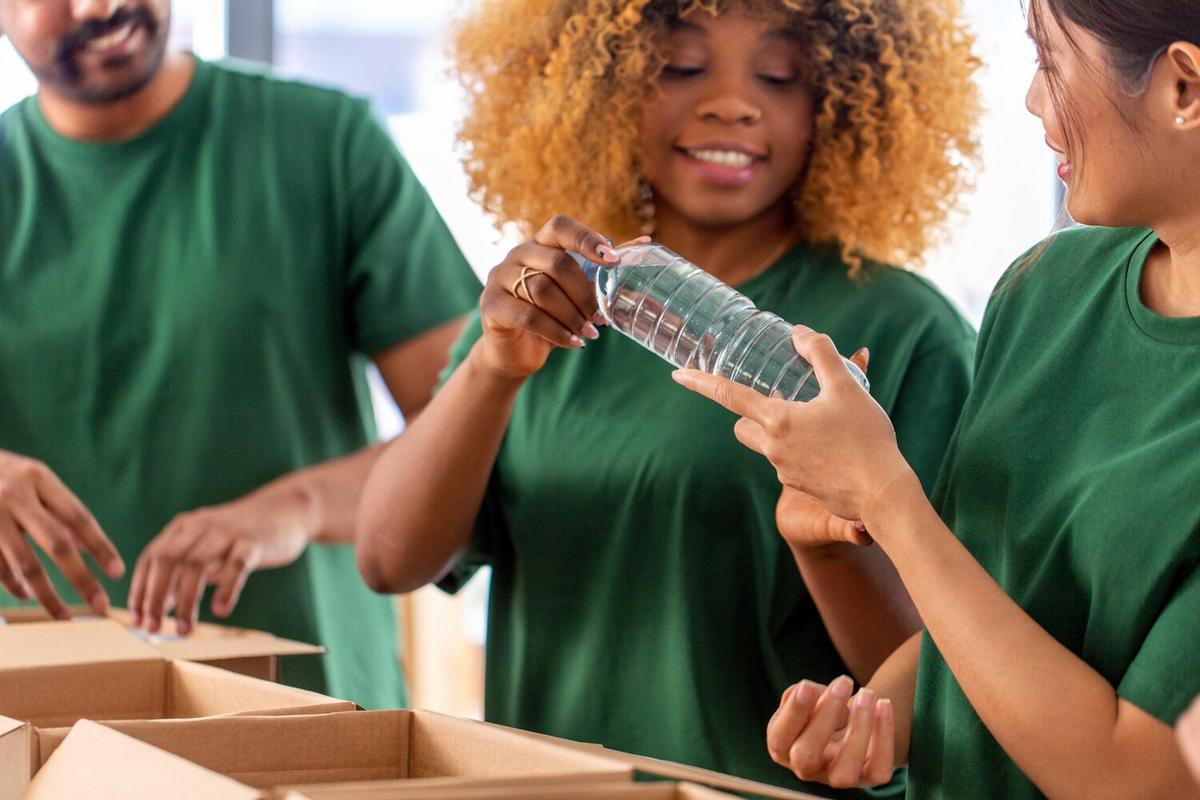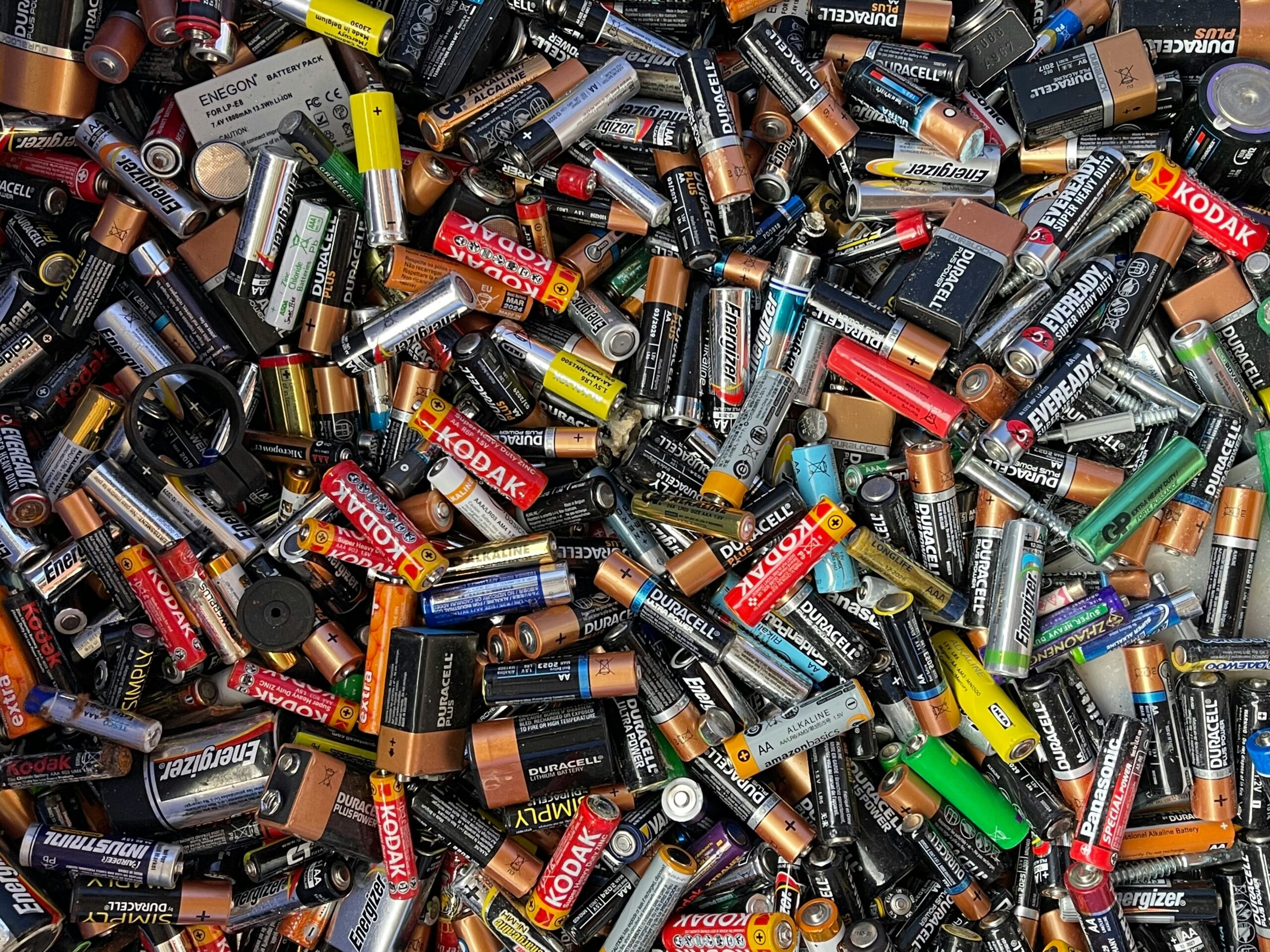The mounting crisis of plastic pollution has urged industries and consumers alike to seek sustainable alternatives, and biodegradable packaging emerges as a promising contender.
Understanding Biodegradable Packaging
Biodegradable packaging refers to materials that decompose naturally in the environment, reducing the accumulation of waste. Unlike traditional plastics, which can take hundreds of years to break down, biodegradable options often degrade within months under the right conditions.
The Environmental Impact
According to a report by the Environmental Protection Agency, plastic waste accounts for about 12% of the total municipal solid waste in the U.S. This staggering figure highlights the urgent need for alternatives. By choosing biodegradable packaging, we can significantly reduce landfill waste and the associated environmental impacts.
Expert Insights
Environmental scientist Dr. Emily Carter notes, “The key advantage of biodegradable packaging is its ability to break down naturally, mitigating the long-term impacts of plastic waste.” Her research emphasizes the role of these materials in promoting a circular economy, where waste is minimized, and resources are reused efficiently.
Real-World Examples
Consider the case of a small bakery that shifted to biodegradable packaging. Within a year, they reported a 30% reduction in waste disposal costs and received positive feedback from environmentally conscious customers. This example illustrates how adopting sustainable practices can benefit both the environment and business.
Actionable Tips
- Research suppliers that offer certified biodegradable packaging options.
- Educate your customers about the benefits of biodegradable materials to enhance brand loyalty.
- Integrate biodegradable packaging into your sustainability goals to align with eco-friendly practices.
Look for packaging with certifications from organizations like the Biodegradable Products Institute (BPI) to ensure authenticity and environmental compliance.
Comparing Packaging Options
| Packaging Type | Decomposition Time | Environmental Impact | Cost |
|---|---|---|---|
| Traditional Plastic | 500+ years | High | Low |
| Biodegradable Plastic | 3-6 months | Low | Moderate |
| Compostable Materials | 6-12 weeks | Very Low | High |
| Recyclable Paper | 2-6 weeks | Moderate | Moderate |
| Glass | Indefinite | Low if recycled | High |
| Aluminum | 200-500 years | Low if recycled | High |
| Biodegradable Polymers | 4-8 months | Low | Moderate |
| Plant-Based Materials | 1-3 months | Very Low | High |
Frequently Asked Questions
What is the main difference between biodegradable and compostable packaging?
Biodegradable packaging breaks down naturally, but compostable packaging requires specific conditions, often in industrial composting facilities, to decompose fully.
Are all biodegradable packaging options created equal?
No, the effectiveness of biodegradable materials can vary depending on the composition and environmental conditions.
How can I ensure my packaging is truly biodegradable?
Look for certifications from reputable organizations that verify the biodegradability of the packaging materials.
Conclusion
Biodegradable packaging presents a viable solution to the growing problem of plastic pollution. By understanding its benefits and limitations, businesses and consumers can make informed choices that support a sustainable future. As we strive towards a circular economy, integrating biodegradable options is a crucial step in reducing our environmental footprint. Embrace this change and contribute to a healthier planet.




Leave a Reply